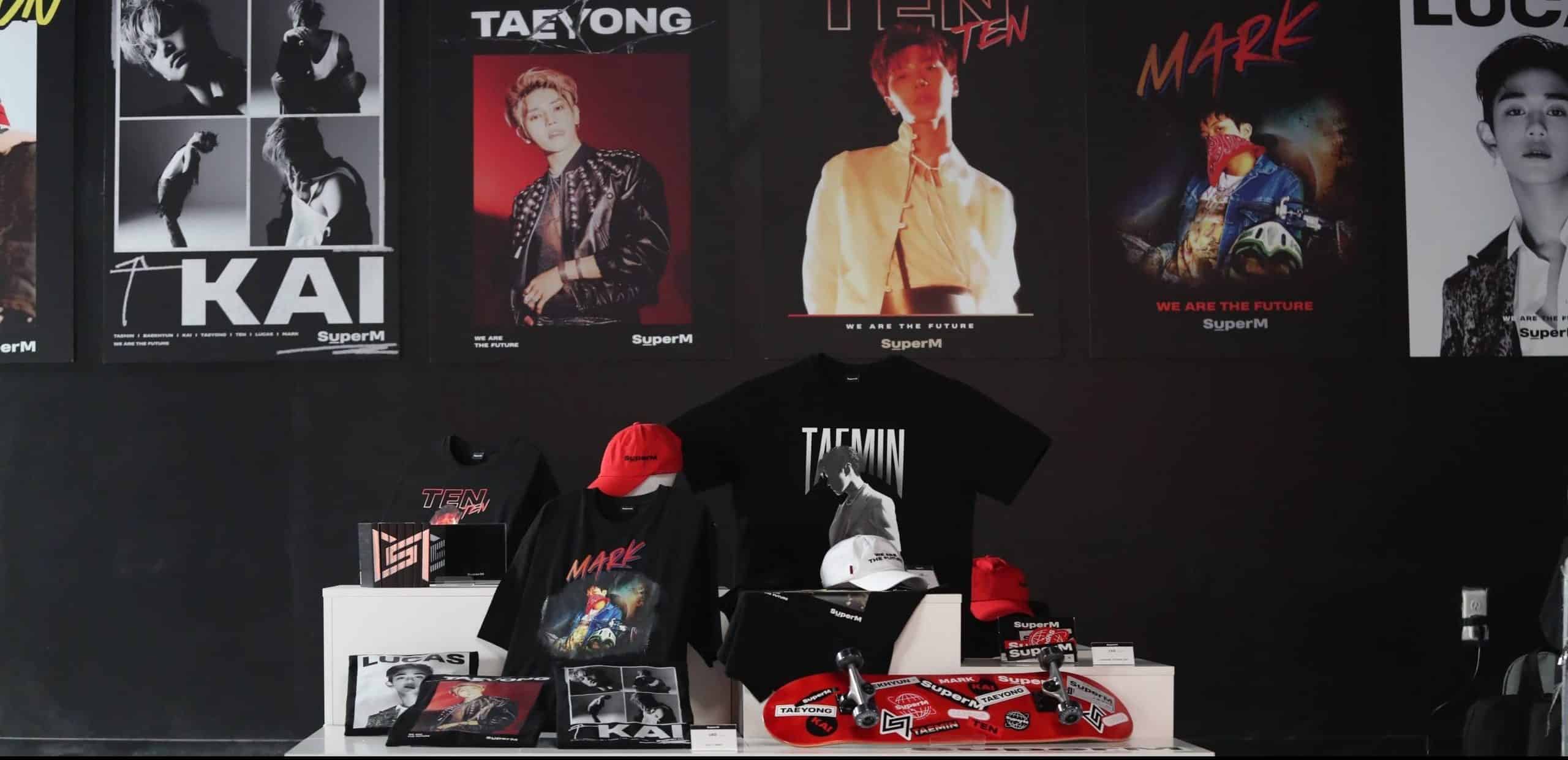Physical Address
304 North Cardinal St.
Dorchester Center, MA 02124
Physical Address
304 North Cardinal St.
Dorchester Center, MA 02124

It’s South Korea’s biggest export, K-Pop taking the world (via TikTok) by storm. If you’re not familiar with it, then this beginner’s guide is for you. In this guide, we’ll take a look at what K-Pop is, where it came from, and some of the biggest bands in the genre. So let’s get started!
K-Pop is a genre of pop music that originates from South Korea. It is characterized by a wide variety of musical influences, including but not limited to hip hop, R&B, electronic, and even traditional Korean music. K-Pop bands are often known for their catchy melodies, danceable beats, and glamorous visuals.
K-Pop bands are often known for their flashy visuals and stage performances. Many K-Pop groups have intricate choreography that they perform during their live shows. This choreography is often very synchronized and requires a lot of practice. K-Pop groups also often release music videos that are highly stylized and visually arresting.
K-Pop traces its roots back to the early 1990s with the emergence of Seo Taiji and Boys, a group that revolutionized the South Korean music scene. They blended Western musical styles like rap, techno, and R&B into traditional Korean pop music.
Their debut performance in 1992 marked a significant shift, as they introduced modern choreography and dynamic visuals. This period laid the groundwork for the colorful and lively K-Pop industry that we know today. The success of Seo Taiji and Boys inspired many subsequent artists and triggered the formation of entertainment companies dedicated to developing musical talent in South Korea.
The popularity of K-Pop has led to the formation of a number of fan clubs all over the world. These fan clubs organize meetups and events where fans can come together to listen to music, dance, and socialize. Many K-Pop fan clubs also raise money for charities.
K-Pop’s global fan culture is a phenomenon in itself, powered by passionate communities and social media. Fans engage in activities like streaming parties, trending hashtags, and fan art creations to support their favorite idols.
International fanbases often translate content into various languages, making K-Pop more accessible. Events like KCON and other fan conventions bring fans together from all corners of the world, fostering a sense of community and enabling fans to connect over their shared love for K-Pop.
K-Pop is also popular among non-Korean fans. In recent years, a number of K-Pop concerts have been held in North America and Europe. These concerts typically feature a mix of Korean and international artists.
Major entertainment companies like SM Entertainment, JYP Entertainment, and YG Entertainment play a significant role in shaping the K-Pop landscape. These companies recruit and train young talent rigorously, focusing on skills like singing, dancing, and even language proficiency.
Their structured approach often includes training periods that can last several years before a debut. Beyond artist management, these companies handle music production, promotions, and strategic branding, ensuring that each group or artist reaches their full potential, both domestically and internationally.
In September 2024, Hanni from New Jeans brought attention to issues within the K-Pop industry by testifying to Korean lawmakers about workplace mistreatment at Hybe. Her testimony highlighted the challenges faced by young idols, including being ignored by managers and senior idols.
In a bid to evolve the K-Pop model, Hybe, in collaboration with Geffen Records, launched Katseye, a global girl group, in 2024. The group’s debut followed a competitive reality show, Debut: Dream Academy, and was chronicled in the Netflix docuseries Pop Star Academy: KATSEYE. This initiative aimed to create a broader range of talent, showcasing the tough process of becoming an idol.
Some of the biggest names in K-Pop include BTS, EXO, NCT 127, BLACKPINK, and Red Velvet. These bands have billions of streams on Spotify, hundreds of millions of YouTube views, and fans all over the world. If you’re interested in getting into K-Pop, these are some great bands to start with!
K-Pop idols are trendsetters in fashion and beauty, influencing styles worldwide. They often sport innovative hairstyles, edgy makeup, and unique clothing styles that fans eagerly adopt.
Fashion brands frequently collaborate with idols, recognizing their power to set global trends. This impact extends beyond the stage, as many K-Pop artists have become global ambassadors for luxury brands, illustrating the strong link between K-Pop and the fashion industry.
K-Pop is known for its highly engaging dance routines, and this is largely thanks to talented choreographers. Figures like Lia Kim and Kyle Hanagami have played significant roles in crafting memorable routines for major K-Pop acts.
These choreographers work closely with groups to create innovative and synchronized performances that thrill audiences. Their contributions extend beyond the stage, as they’ve helped set trends that fans worldwide eagerly emulate, further solidifying dance as a central aspect of K-Pop’s appeal.
K-Pop is a genre of pop music that is taking the world by storm. In this beginner’s guide, we’ve taken a look at what K-Pop is, where it came from, and some of the biggest bands in the genre. If you’re interested in getting into K-Pop, make sure to check out some of the bands we mentioned!